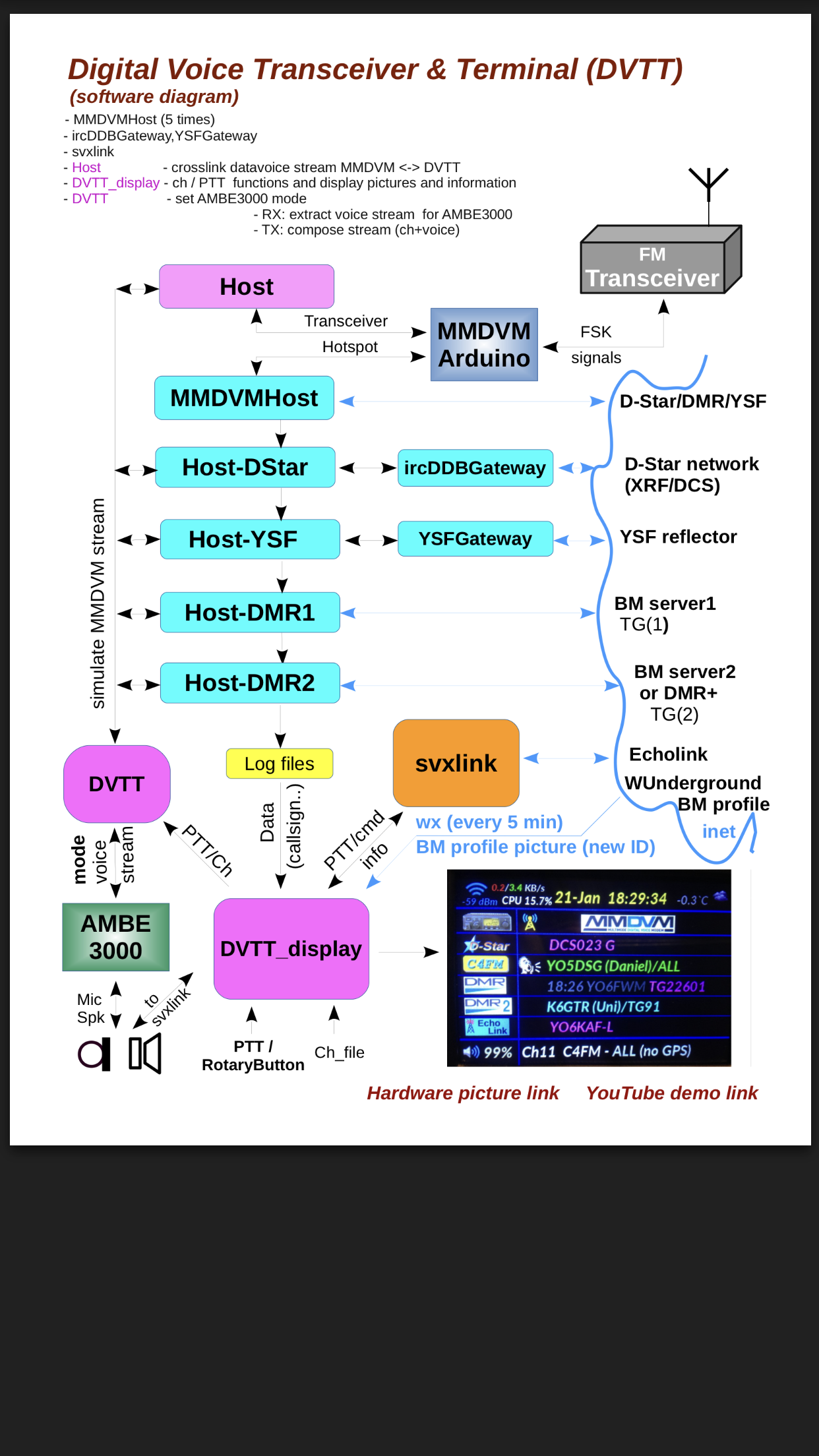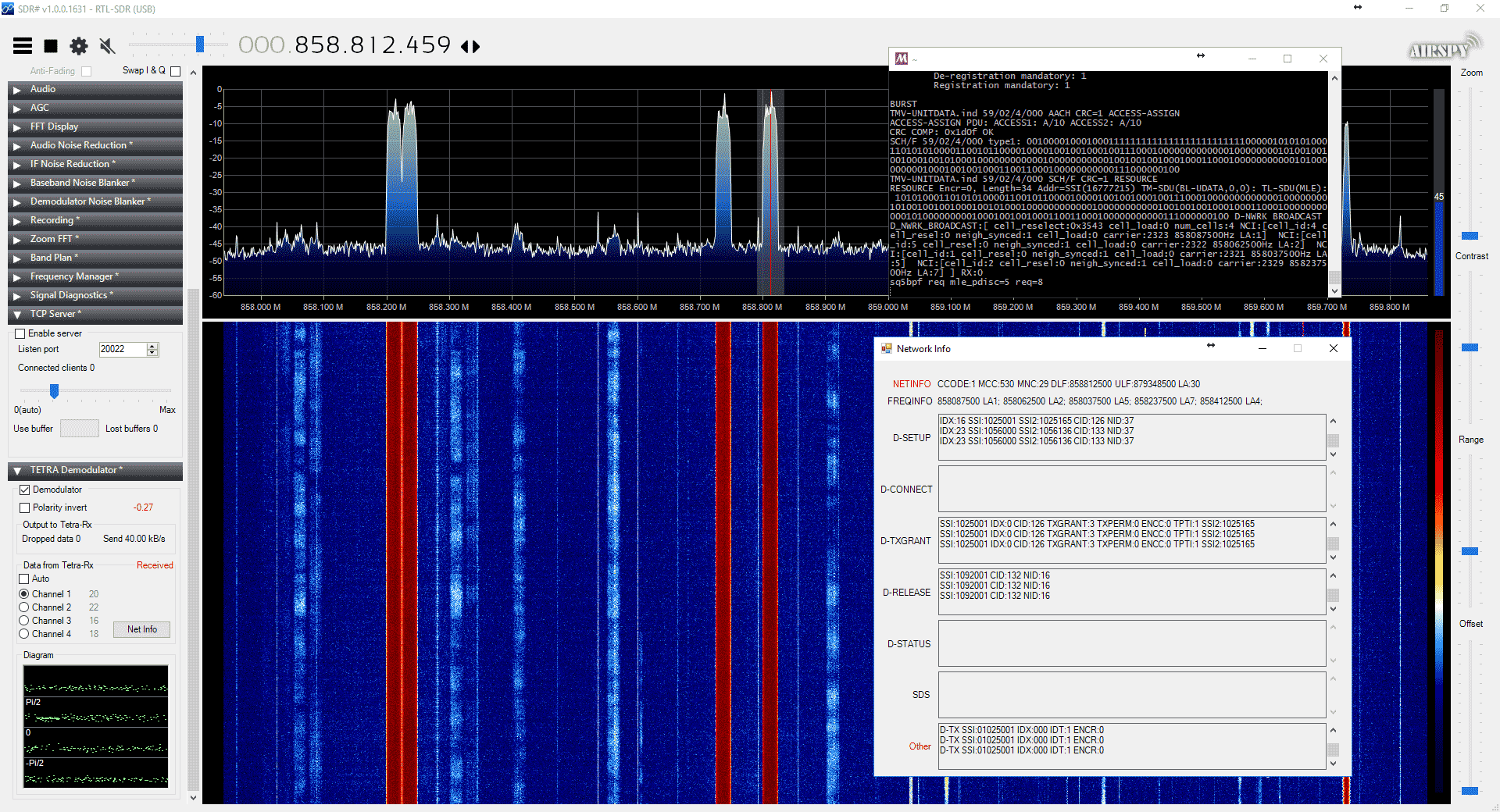Digital Voice Transmitter en Terminal
Radioactivity op de IR6UDV Repeater
Radioactivity is an Italian company that is part of the DMR Associations, 1 January 2018 has been aquired frome JVC Kenwood group.
Radioactivity has always developed high technology RF products, analog and digital network and simulcast systems.
Usually those high technology products are out of the target and budget of HAM Radio, but thanks to IW7DZR Giacomo (sysop BM server 2221 and 2222) and IW0RED Marco has been done an HAM agreement with Radioactivity (for more information contact IW7DZR Giacomo).
Available Models for HAM KA-160 (VHF 144-148MHz) KA-450 (UHF 420-450MHz)
Channelization 25/20 / 12.5 / 6.25 KHz
RF output power 1-25W / 100% duty cycle / selectable per channel
Synthesis step 50Hz
Frequency stability 0.5 p.p.m. (without GPS or digital correction)
Synchronization sources Internal ref., GPS / GLONASS, IEE-1588v2 Ethernet, 2 wire, Digital RX, External
Operating temperatures -30 ° C to + 60 ° C
Power supply (negative ground) Min.11V Typ.13,2V Max.15V
Power consumption TX: 60 W @ 25W RF / RX: 5 W @ Main + Div enabled
Dimensions & weight 160x200x45mm / 1.4Kg
Audio lines 2x 4 wires + E & M
Ethernet LAN port 10BT / 100TX (auto MDI / MDI X) on an RJ45 socket
IP multisite bandwidth 70 kb / s in analog to / from Master, 24 kb / s in DMR to / from Master (both DMR timeslots)
Max tolerable IP delay 960ms (round trip)
Alarm & control I / O 1xInput + 7xOutput
Auxiliary I / O 4xInput + 1xOutput + 1xAnalog input

 Once connected the first thing that immediately amazes is the programming interface.
Once connected the first thing that immediately amazes is the programming interface.
The repeater works with Linux inside and could programmed directly in Ethernet with supplied software Kairos Manager or by the embedded WEBSERVER (but not all programming parameter are available via web server) from any browser capable device.
With the web server you could also monitoring a lot of Repeater status such instantaneous RSSI for both receiver, power supply voltage, internal voltage, temperature etc.

Kairos is could not connect directly to HAM DMR Networks yet due some specific of original KAIROS protocols. R3ABM Artem made special tool named CronosAgent to provide functionality of link establishment, authentication and NAT-traversal. CronosAgent should be deployed on equipment near repeater. Specially for SysOps we prepared several packages to run CronosAgent on large
count of hardware such as x86 servers, single-board computers like Raspberry Pi and BeagleBoard or routers based on open platform like OpenWRT https://bm.pd0zry.nl/index.php/RadioActivity_Repeaters
There are also available a lot of interesting I/O signals (open-collector outputs, inputs with internal pull-up to 3.3V) some defined other definable as the repeater has 2 AMBE3000 chips are also available “clean” audio I/o independent for each timeslot. It is possible through web server listen and talk too.
The system could work simultaneously in analog and DMR also if connected to the network. It has two independent receiver (and antenna input) and a real complex diversity system where with a DSP technology signal are mixed summed or subtracted to get maximum efficiency, this will be a real enhancement in multi-drop and fading condition. Diversity works for both Analog and DMR mode.
The HAM version also includes the Simulcast license to connect multiple repeaters all in the same frequency. Also Simulcast works for both Analog and DMR mode. To get simulcast available all Radioactivity repeaters require a GPS/GLONASS synchronization through the dedicated SMA input, in simulcast both the DMR SLOTS are synchronized on all the systems.
After installing (Really after that IW7DZR has installed) the CronosAgent on a raspberry and configured the KAIROS I kept the system on in my home a couple of weeks to verify all parameters.
Saturday January 20 was a sunny day in my town, I decided to get a trip in mountain to replace the Motorola SLR5500 with the KAIROS for a real comparison in the field.
I connect same antenna same filter and only one receiver (no diversity) for a better comparison and all we know that the SLR5500 is a MUST and absolute reference in fact of selectivity and sensitivity.
I reveal you that I was really enthusiast for the software part of the Kairos but I had doubts about its RF side probably again due its low weight and small size and … I was replacing a Motorola !!!
I was wrong (happy this time to be wrong), unfortunately I couldn’t make an instrumental measure but only use reference of well known repeater coverage.
The repeater coverage is identical for approx 94%, the lack is the area margin where signal around -120, -122dbm with portable Radio could be lost during talking.
By use diversity function the coverage area will improve and could be similar to that the SLR5500 do. The disadvantage is this require use an extra filter and antenna but my opinion is that the software, flexibility and possible future development keep the Kairos a step ahead.
I also should tell you that this little box have an excellent thermal dissipation, with high transmission power never get really hot, however is available to control the cooling fan automatically high temperature.
Finally I define :
PROS
– WEB PROGRAMMING INTERFACE
– FULLY CONFIGURABLE
– DUAL-MODE (ANALOG / DIGITAL)
– RX DIVERSITY
– SIMULCAST
– DB25 WITH PIN I/O AND AUDIO SIGNALS … (great for HAM community)
– CONFIGURABLE ALARMS AND DIAGNOSTICS VIA SMS DMR OR SNMTP
CONS
– NEED FOR A RASPBERRY OR EXTERNAL PC (at the time)
– LACK OF KAIROS MANAGER FOR MAC (not a real cons but could a pros if present)
TETRA Decoder plug-in voor SDR#
Back in 2016 cURLy bOi released a Windows port of the Linux based “Telive” TETRA decoder. Now the latest development in TETRA decoders is that a TETRA decoder plugin for the SDR# software has been released. This makes setting up a TETRA decoder significantly simpler than before.
The plugin doesn’t seem to be officially released anywhere, but we did find it thanks to @aborgnino’s tweets on Twitter, and he found it on a Russian language radio scanner forum. The plugin is available as a direct download zip from here. Installing the plugin is a little more difficult that usual, as you first need to install MSYS2 which is a compatibility layer for Linux programs. The full installation instructions are included in the README.TXT in the zip file. One clarification from us: you need to copy the files in the msys_root/usr/bin folder from the zip file into the /usr/bin folder that is in your MSYS2 installation directory.
We tested the plugin and found it to work well without any problems. With the plugin turned on you just need to simply tune to a TETRA signal in WFM mode, and you will instantly be decoding the audio.
TETRA is a type of digital voice and trunked radio communications system that stands for “Terrestrial Trunked Radio”. It is used heavily in many parts of the world, except for the USA. If you have unencrypted TETRA signals available in your area then you can listen in on them with an appropriate SDR like an RTL-SDR and decoder software like the aforementioned plugin.
Boxchip LTE DMR Android radio S88 DMR functie video
https://youtu.be/tceI7DaPsMQ

